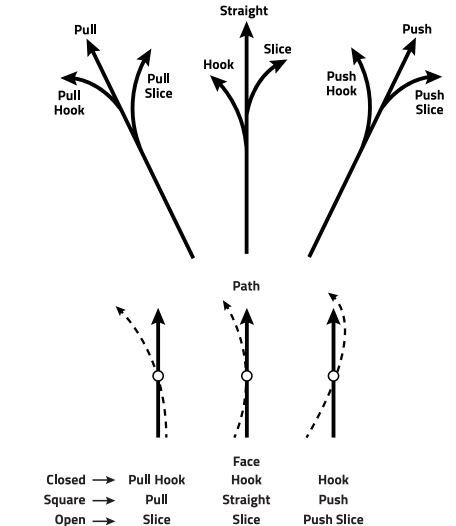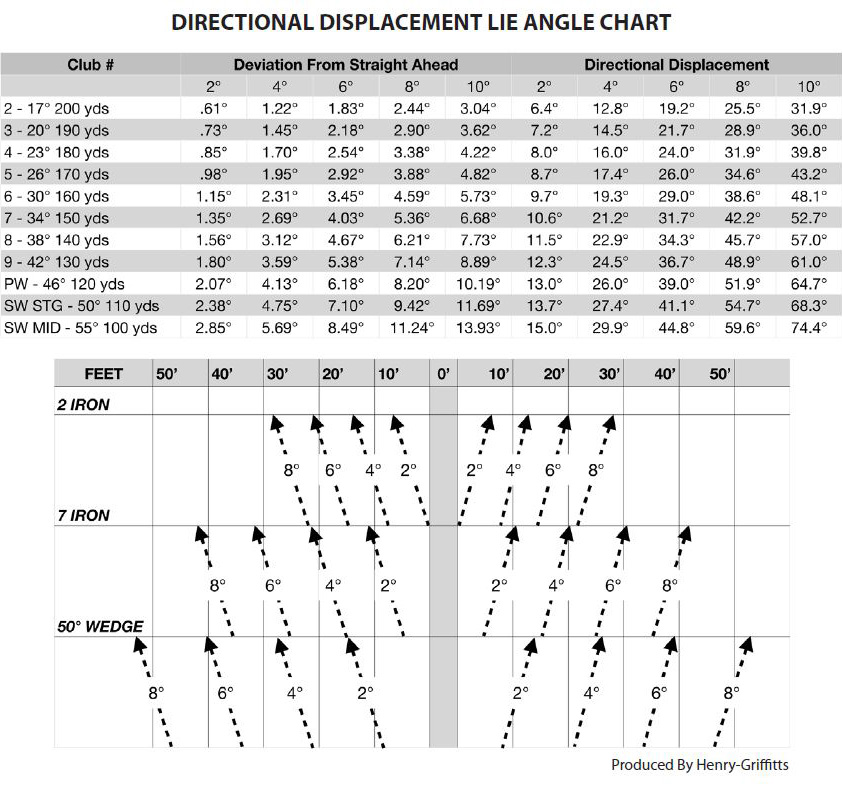
The lie angle of your club needs to fit your game. It needs to consider your body type and any other factors that contribute to how you swing. A proper fitting shouldn’t just be done when you buy a new set of clubs. Numerous factors can change, requiring the golf club to adjust. If the lie angle of your clubs isn’t matched to your swing mechanics, you are already making the game harder than it already is!

As mentioned in a previous post, golfers realize how important driver fitting is to maximize proper ball flight. But this same attention needs to be equally addressed with your irons. Using equipment that does not fit the golfer could cause a push or pull; a chunk or skull, or make the golfer compensate their swing. Shaft flex also needs to be addressed. I have found that most golfers play a shaft that is too stiff, which also causes misdirection and swing compensations.
The greater the loft of a club, the more effect the lie angle will have on the ball’s direction. Incorrect lie angles will start the ball more offline in higher lofted clubs, such as wedges, than in lower lofted clubs, such as drivers. That is why the proper lie and loft angles with your irons are so important: Once the ball is struck, it starts to spin, and any directional problems will be exaggerated due to the ball spinning in the “wrong” direction.
Cause and Effect
For example, when the leading edge of a club’s face angle is pointing to the right of the target line (open for a right-handed golfer) and the club path is parallel to the direction the leading edge is pointing, the ball flight will result in a push and the ball will continue a path to the right of the target. (A great and inexpensive way to help you visualize where the ball will travel based on the position of your clubface is by using the Mitchell Golf Magnetic Lie Angle Pointer).
A push is different than a slice as a slice will curve to the right, whereas a push will stay on a straight path to the right. Fortunately, the lie of an iron can be changed to match the owner’s swing characteristics. It’s one of the first factors to consider when dealing with club
performance and the cost to have a club’s angle changed is well worth the payoff in
directional performance improvement.
— Patrick Gallagher, PGA
Director of Golf Operations
